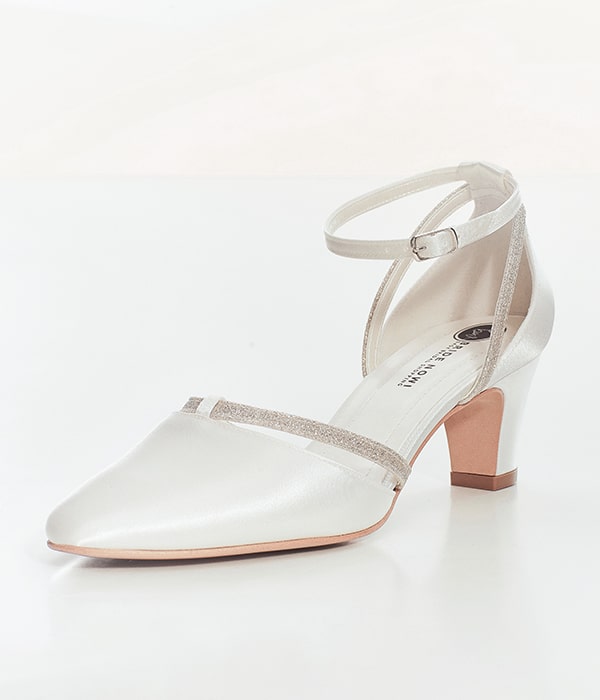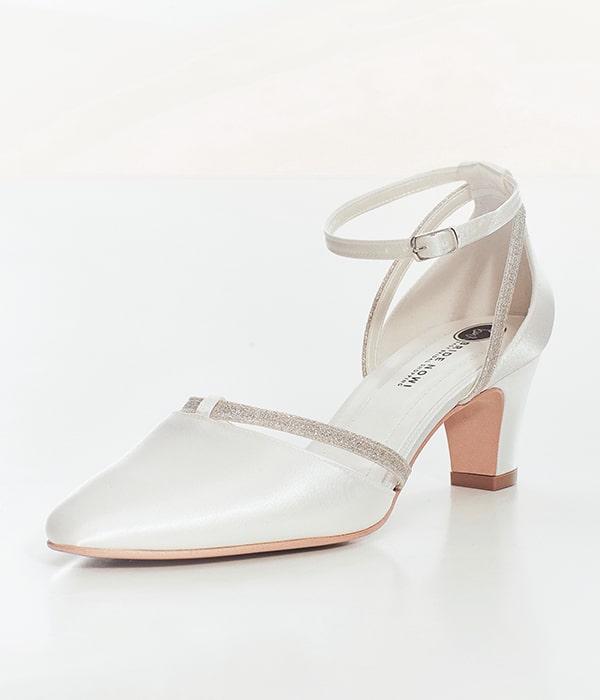According to studies, body language counts for 55% of all communication, tone of voice for 38%, and actual words said for 7%. As a result, body language is critical in how we communicate with one another; it may help us understand the complete message of what someone is trying to convey, as well as change our own body language to appear more positive, engaging, and approachable.
There are two types of body language: open signals and closed signals. Strong eye contact, smiling, and nodding are open signs, whereas no eye contact, frowning, and crossed arms are closed signals.
You may use your knowledge of your customer's nonverbal cues to your advantage when approaching them with a wedding dress sale if you have a thorough understanding of them.

Eye contact talks about your customer engagement
One of the more visible nonverbal indicators, and perhaps the most potent, is eye contact. If a consumer is gazing at you or the thing you're selling, it's a good sign that they're interested in what you're selling. If their eyes are searching for the room or gazing toward the door, it could mean they aren't interested or ready to buy right now. If this occurs, it's probably a good idea to offer them a different product or to allow them some alone time to browse. Why not engage them with the bridal trends 2022 from Bride Now.
Another important sign to watch for is narrowed eyes, which can indicate that someone is having difficulty understanding what you've just said. Before continuing with your conversation, it's critical to address anything like this as quickly as possible to reassure your customer.
The salesperson, on the other hand, must maintain strong eye contact. It is critical to maintain good eye contact with your consumers in order to gain control of a sale; this lets them know that you are involved with them and are aware of their demands.

Facial expressions will help you to understand how they feel
We've all heard the phrase, "a picture is worth a thousand words." The same holds true for facial expressions. Because a customer's facial expressions often convey something they can't say, it's critical to always pay great attention to them.
Your customer's facial expressions will usually show whether or not they agree with you. Smiling, raised eyebrows, and nodding as you speak are all signs to look out for. If your consumer does not agree with you, they may frown or lower their brows, clench their jaw, or even move their head slightly. If this occurs, inquire as to what went wrong, apologise to the customer, and offer a quick solution.
The mouth is another warning indicator. If a customer's lips are slightly turned up, it could indicate that they are joyful or optimistic, but if they are slightly turned down, it could indicate that they are frustrated or annoyed. Furthermore, the firmness with which their lips are held can convey a lot. If they are pressed tightly, it could indicate that they are unhappy or uneasy.

Body posture shows how comfortable they are
When it comes to nonverbal communication, body posture is crucial. Customers will normally lean towards you if they agree with you or are interested in what you have to say. If they don't, they'll take some other approach and lean back to make room.
The chest, shoulders, and feet of the customer are the three most important things to keep an eye on. If your customer's shoulders are turned away from you, they are most likely uninterested. However, if their body is pointed exactly at you, it's a good sign that they're paying attention to what you're saying.
It's a good sign if a customer's ankles are crossed loosely and their legs are stretched. This indicates that they are at ease with you and are willing to listen to you. If their feet are dragged away from them or their legs are crossed, it's a sign that they're not agreeing with you.
If your customer is looking for her bridal dress, you can offer her the perfect pair of wedding shoes that puts a smile on her face.




















Comments